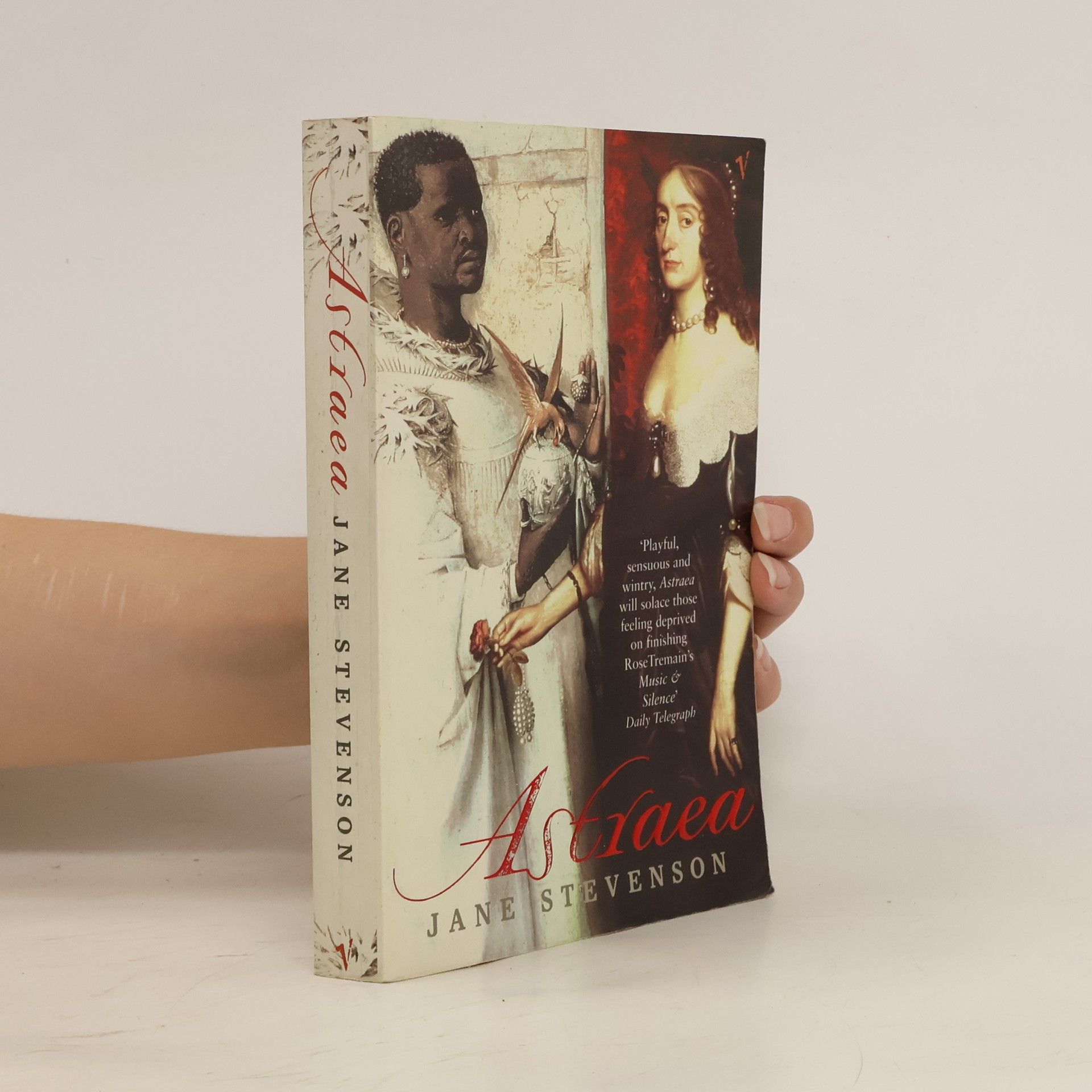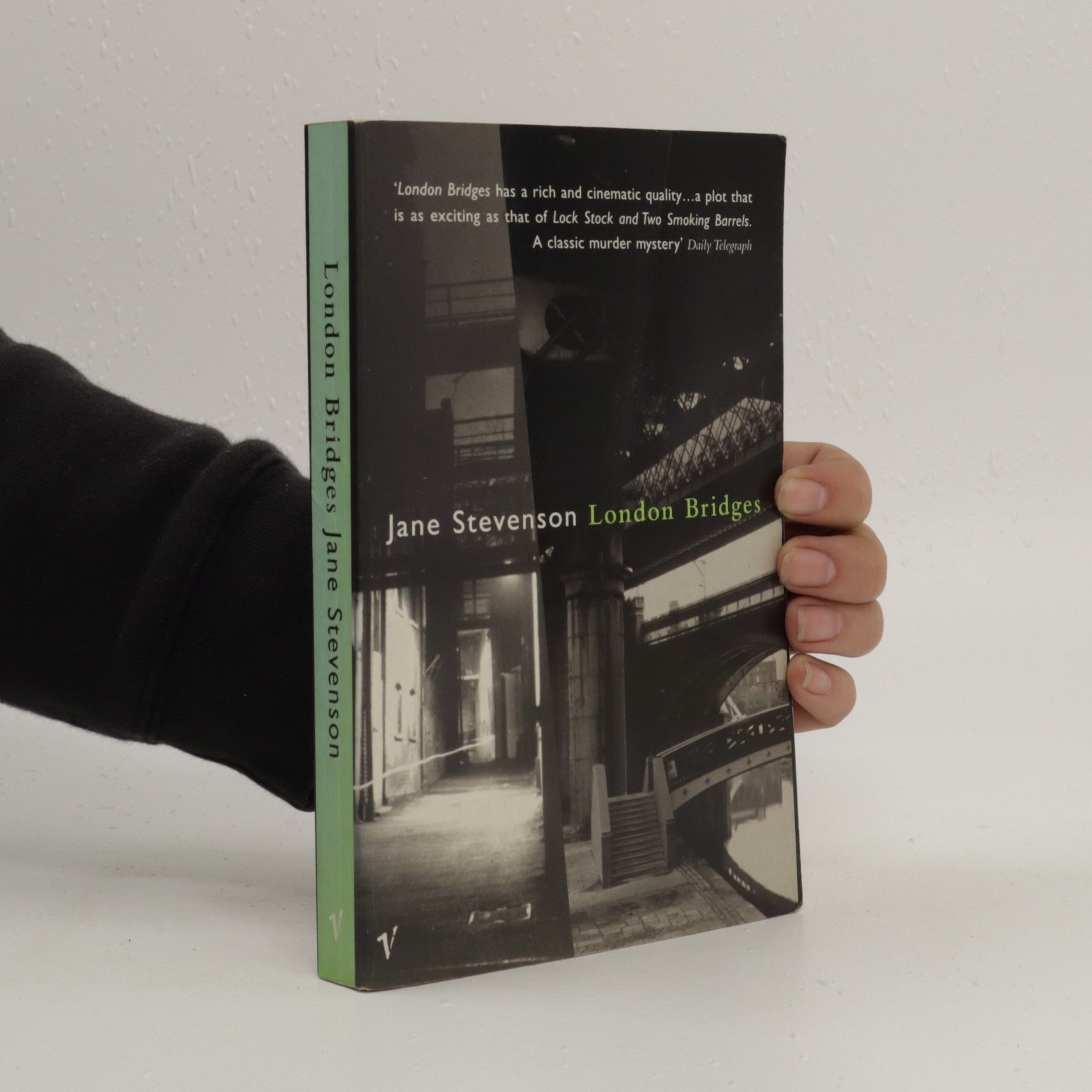An illustrated history of Siena, one of the most-visited cities in Italy.
Jane Stevenson Book order
Jane Stevenson crafts fiction that bridges the past and present, often breathing life into historical eras and their inhabitants. Her writing is distinguished by a profound understanding of historical detail, woven seamlessly into compelling narratives. She frequently explores the roles of women throughout history, offering fresh perspectives on well-known events. Stevenson's work masterfully blends academic rigor with literary artistry, establishing her as a unique voice at the intersection of history and storytelling.






- 2022
- 2021
The one-eyed mercenary soldier Federico da Montefeltro, lord of Urbino between 1444 and 1482, was one of the most successful condottiere of the Italian Renaissance: renowned humanist, patron of the artist Piero della Francesca, and creator of one of the most celebrated libraries in Italy outside the Vatican. From 1460 until her early death in 1472 he was married to Battista, of the formidable Sforza family, their partnership apparently blissful. In the fine palace he built overlooking Urbino, Federico assembled a court regarded by many as representing a high point of Renaissance culture. For Baldassare Castiglione, Federico was la luce dell'Italia - 'the light of Italy'. Jane Stevenson's affectionate account of Urbino's flowering and decline casts revelatory light on patronage, politics and humanism in fifteenth-century Italy. As well as recounting the gripping stories of Federico and his Montefeltro and della Rovere successors, Stevenson considers in details Federico's cultural legacy - investigating the palace itself, the splendours of the ducal library, and his other architectural projects in Gubbio and elsewhere.
- 2004
The Shadow King
- 303 pages
- 11 hours of reading
Set in the late seventeenth century, the story follows Balthasar Stuart, a biracial doctor grappling with his complex identity as the illegitimate son of a Bohemian queen and an African prince. After fleeing the plague in Holland, he navigates the morally ambiguous landscape of Restoration London, crossing paths with the enigmatic Aphra Behn. His journey leads him to colonial Barbados, a society rife with slavery and racism. The novel vividly portrays historical details, including speech, cuisine, fashion, and medical practices, creating an immersive experience.
- 2003
The Pretender
- 320 pages
- 12 hours of reading
The sequel to Astraea, The Pretender is the second part of Jane Stevenson's trilogy. Balthasar van Overmeer is the son of the secret marriage between Elizabeth of Bohemia, daughter of James I, and an exiled African prince. We see him first as a young medical student in Holland, then as a doctor in Middleburg, where he becomes involved with Aphra Behn, an English intelligence agent and later a playwright, in Restoration London and in the developing colonial society of Barbados. As he matures he is forced to come to terms with his peculiar upbringing and to explore his strange and powerful heritage, both black and white.
- 2002
Set in the Netherlands in the 1640s, Astraea tells of the relationship between two royal exiles, Elizabeth of Bohemia, daughter of James I, and Omoloju/ Pelagius, erstwhile heir to the Yoruba kingdom of Oyo, now a freed slave with shamanic gifts. They meet, fall in love, and marry clandestinely. Secretly, Elizabeth gives birth to a boy Balthasar Stuart, whom both come to see as a hope for a new age. As ever with Stevenson's work, Astraea appeals to both the head and the heart. An utterly convincing picture of seventeenth-century life and politics, it is also an immensely moving account of a strange, magical love affair.
- 2000
London Bridges, her first novel, evokes the mood and sheer enjoyability of classic English detective fiction, though it is set in the London of the 1990s. A young lawyer comes across a treasure lost in the Blitz, and is tempted into a series of crimes which end eventually in murder. Meanwhile, a very contemporary cast of characters assembles to confound him. The denouncement of the intricate plot occurs in the Cotswolds, and involves teddy bears, Greek monks, New Age bikers and the source of the Thames, but before we get there, there is humour, satire, social observation, occasional moments of paths, and the scintillating wit and intelligence that distinguished Several Deceptions.